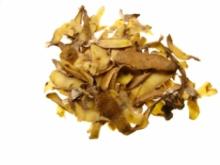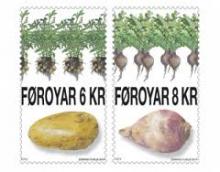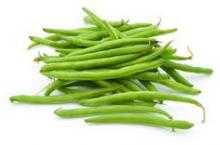De vergiftiging van de bewoners van een landbouwstadje in Californië met methylisothiocyanaat, een afbraakproduct van het bodemontsmettingsmiddel metam-natrium
Op 13 november 1999 veroorzaakten de dampen van metam-natrium afbraakproducten van een aardappelveld in de stad Earlimart ernstige ziekteverschijnselen (misselijkheid, hoofdpijn, ademhalingsmoeilijkheden, en irritaties van ogen en keel). Honderdvijftig bewoners werden geëvacueerd en 24 opgenomen in het ziekenhuis, terwijl talloze anderen vluchtten in hun eigen voertuigen of in hun huizen bleven omdat hen niet werd verteld om te vertrekken. Tot op heden lijden bewoners van Earlimart onder nieuwe of verergerde gevallen van astma en andere longziekten die zij toeschrijven aan dit incident.










